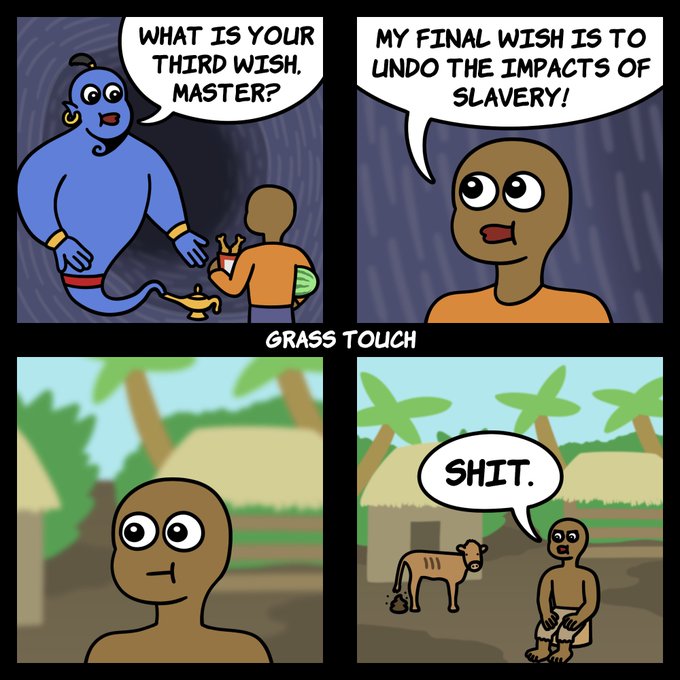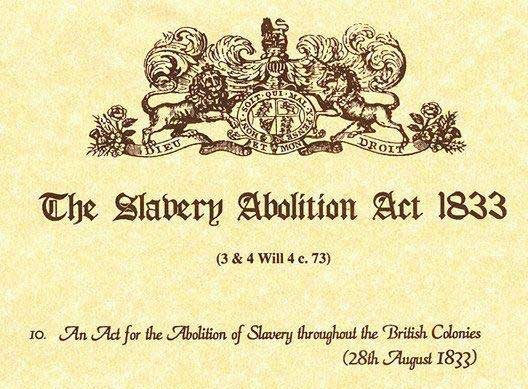
For over 300 years, Barbary pirates enslaved 1 million Europeans and Americans.
They raided ships, burned villages, and sold captives into brutal servitude - until 8 U.S. Marines took on a pirate empire and ended their white slave trade.
Here's the story:
From the 16th to 19th centuries, the Barbary corsairs operated from the North African coast, targeting European and American ships.
These pirates, hailing from Morocco, Algeria, Tunisia, and Libya, plundered cargo and enslaved crews.
Coastal towns from Ireland to Iceland weren’t safe either.
The corsairs raided villages, kidnapping women, children, and the elderly to sell in bustling slave markets in Algiers and Tripoli.
In 1631, corsairs abducted nearly the entire population of Baltimore, Ireland.
White captives were forced into grueling labor, sold as concubines, or converted into soldiers within the Ottoman military.
The Barbary States demanded tribute from other nations to spare their ships.
By the late 18th century, even the newly independent United States was paying these bribes.
But one U.S. president refused to accept this extortion.
In 1801, President Thomas Jefferson, an ardent opponent of paying, took office.
The Barbary States, led by Tripoli’s Pasha Yusuf Qaramanli, demanded more payments and declared war when Jefferson refused.
At Jefferson’s command, the fledgling US Navy and Marines went into action, initiating the first overseas military deployment in American history.
William Eaton, a former U.S. consul, and Lt. Presley O’Bannon, along with just eight U.S. Marines and 500 mercenaries, marched 600 miles across the Libyan desert to capture the coastal city of Derna.
On April 27, 1805, Eaton and O’Bannon launched their assault.
The Marines and mercenaries, despite being outnumbered 4:1, stormed the city under heavy fire.
O’Bannon personally led the charge, inspiring his men to secure the fort and raise the first American flag on foreign soil.
The battle freed American hostages and crushed the Barbary pirates.
The victory forced Yusuf Qaramanli to negotiate. The treaty signed aboard the USS Constitution guaranteed free passage for American ships in the Mediterranean, an end to payments and the cessation of active white slavery in the Barbary States.
It took the first Republican president to end slavery in the United States after decades of Democrat defiance.
Here endeth the lesson.






